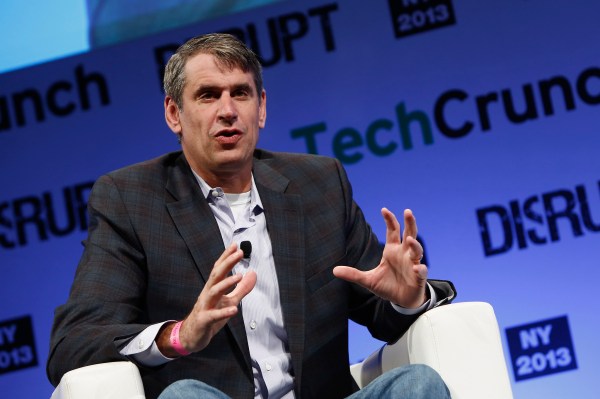Hello and welcome back to our regular morning look at private companies, public markets and the gray space in between.
After a short pause, we’re back on the topic of unicorn layoffs. While it’s cheery that a number of companies are chugging ahead with ARR growth powered by efficient spend, not every company has taken a similar approach. As we’ve seen in the last six months, many companies that raised big checks wound up spending too much and are now reducing headcount and other costs.
Today I want to chew over the latest news from OYO, which is beating a retreat to reduce losses. And, I’m following recent notes from venture capitalist Bill Gurley about how much money a company could raise before an IPO without engendering market speculation that it’s a money bonfire, torching cash to cast itself in good light.
Retrenchment
OYO, the SoftBank-backed budget hotel startup, is releasing staff, reducing capacity and pulling out of some locations altogether. The firm, famous for its hyper-growth and aggressive capital raises, will cut 1,450 staff, including 1,000 in its home country of India. In fact, the company is leaving several hundred cities in India and has cut tens of thousands of rooms from its rolls, according to reports.
The dramatic retrenchment comes during a period in which startups that spent heavily to grow rapidly have lost some of their luster. Now, following WeWork’s failed IPO, growth is only as attractive as it is efficient. OYO is making dramatic changes to change its financial profile to better fit what the market wants.
According to a letter from its CEO, OYO intends to focus on “sustainable growth” in 2020, which will entail balancing “the speed of [its] growth with [its] operational capabilities.” The same letter noted that the company will also focus on “profitability” this year, including “focus on profitable locations” and dodging “growth that dilutes [its] margins.”
OYO also intends to “further reduce [its] operating costs.” The result should be a reduction in cash burn, giving OYO more time to reach for profitability with its current cash position.
The company is an example of the perils of growth ahead of maturity, a trend that may have run its course. Indeed, with technology stocks at or near record highs and software valuations at historic levels, you might think that it would still be a time in which growth — the hell with what it costs — would be valued above all. But even today, with SaaS valuations at 12x revenue and the Nasdaq at 9,000 or more, tech startups and other venture-backed companies are finding that it’s possible to spend too much in the name of expansion.
You can see how the pair intersect already.
Bill Gurley
Welcome to the new reality for unicorns. These days, every CEO from Series B on wants to talk about how they are growing intelligently, how they still have their last round in the bank and that they aren’t spending too much. Brash is out, and measure; intelligent, targeted spending is in — at least you if you take everyone in the market at their word.
Underscoring how much things have changed is the following, a recent mini-tweetstorm from Benchmark’s Bill Gurley on what he calls the “new reality in Unicorn land.”
Gurley rang this alarm before, back in 2016, along similar lines. While you could argue that his points were as correct then as they are now, the macro climate made his warnings appear premature; the Vision Fund launched, other firms raised record funds and the Good Times chugged along. However, Gurley’s notes on profit mattering back then echo cheerfully today.
Profitability is never out of style. At times, the market decides that losses are fine if growth is strong. However, every time that happens, it seems that a large slice of the capital and founder worlds take it a bit far. This is the hangover from that party. The question now is if OYO can cut its way to health. I don’t know. Maybe?
